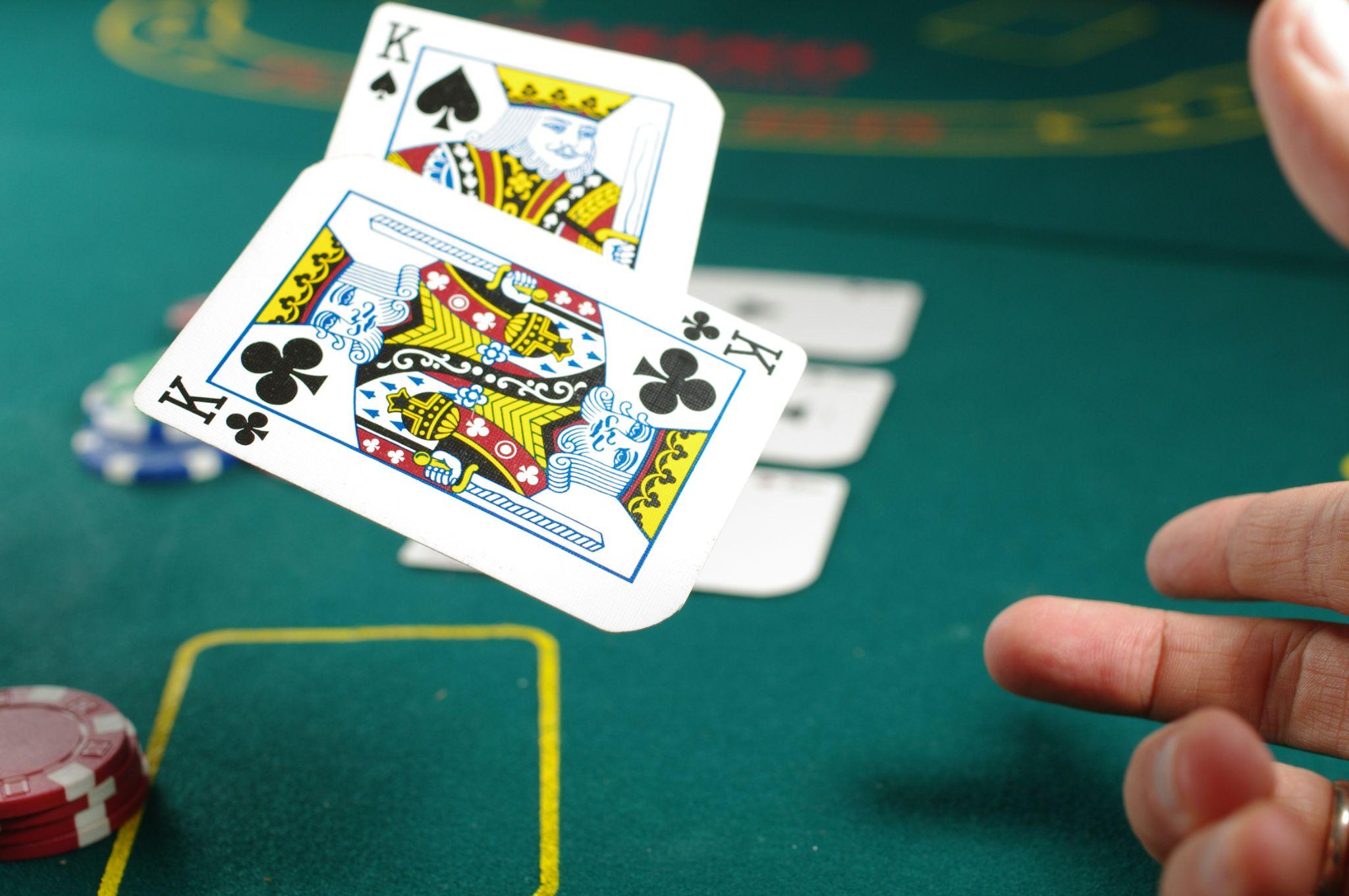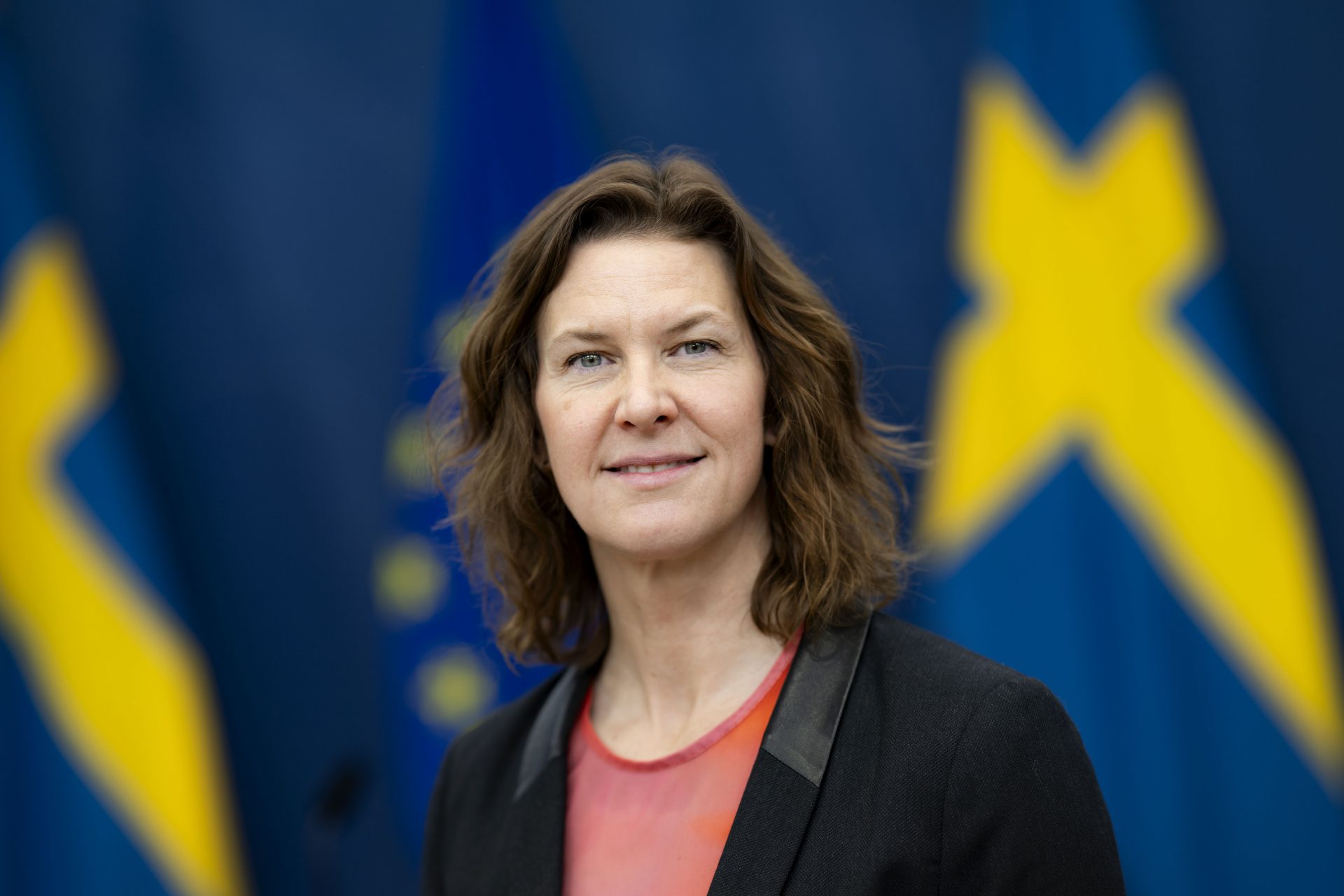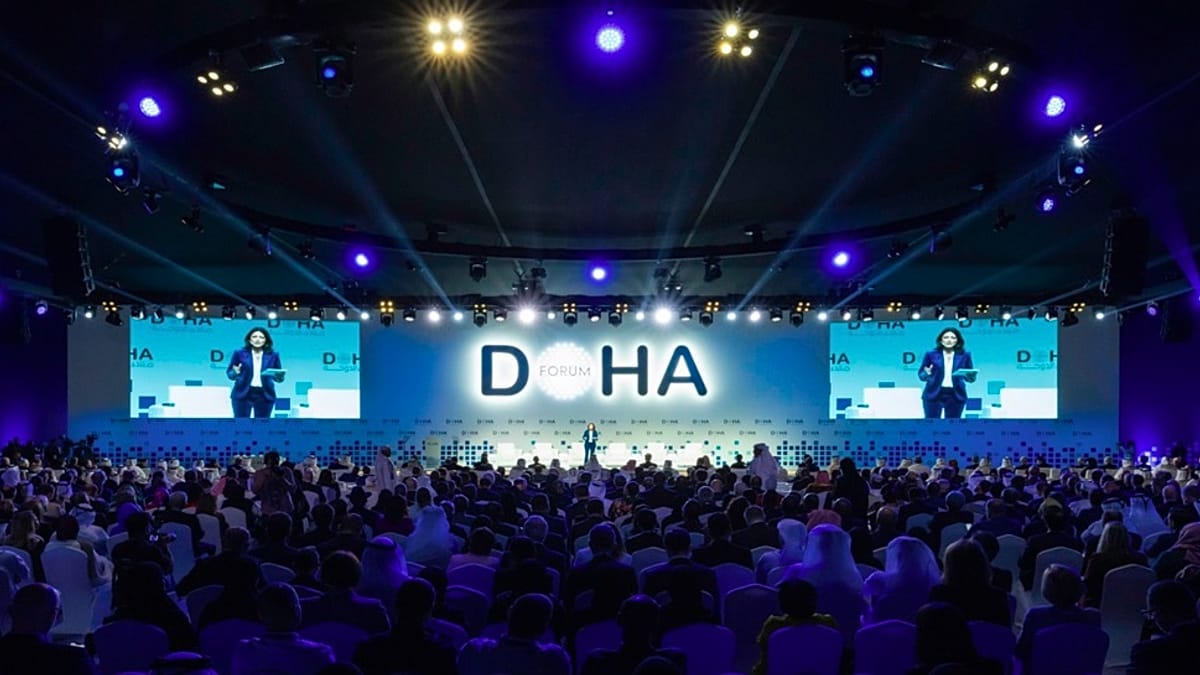Digital Dopamine: How Technology Keeps Us Hooked on Uncertainty

It doesn’t start with a notification. It starts with silence. The kind that seeps into your morning coffee as your thumb ghosts toward a screen. You don’t even remember when the motion became automatic—your skin barely cooled from sleep, your mind yet uncoiled, but your phone already warm in your palm.
This is not addiction in its classic form. This is coded anticipation, engineered suspense. Dopamine, unchained. We don’t chase rewards anymore—we chase the chance of them. The unknown is the new sugar, and tech is the chef.
From social feeds to platforms like winstar exchange, which gamify every decision with real stakes, the hook isn’t the win—it’s the wait. What follows isn’t a neat essay. It’s a signal, sliced into static. Three broken mirrors. One truth.
Swipe. Wait. Maybe
Let’s say you’re playing a slot game. Or swiping on Tinder. Or scrolling TikTok at 2:48 AM, heart half-dead, brain on standby. There’s a reason none of these apps give you everything at once. Instead, they deliver drips. Not messages—maybe messages. Not matches—potential matches. Every scroll, every swipe, every spin, is not a reward. It’s a gamble.
That’s not a metaphor. That’s literal neural architecture. The dopamine you crave isn’t released when you get a like. It’s released before—in the moment of “what if.” The uncertainty is the hit.
Here are some of the popular digital dopamine triggers:
| App Type | Trigger Mechanism | Nature of Reward | User Behavior Outcome |
| Social Media | Notification bell | Social validation | Frequent checks, FOMO |
| Dating Apps | Swipe randomness | Match/No Match | Compulsive swiping |
| Video Platforms | Endless scroll recommendations | New or viral content | Binge-watching sessions |
| Mobile Games | Loot box / spin mechanics | Virtual rewards | Repeated spending / engagement |
| News Aggregators | “Breaking News” alerts | Emotional reaction | Doomscrolling / anxious updates |
To understand how uncertainty fuels engagement, consider the “near-miss” phenomenon in gambling. Research published in Neuropsychopharmacology revealed that near-misses—outcomes that are close to a win—activate the brain’s reward system similarly to actual wins.
This activation leads to increased motivation to continue gambling, despite losses. The study demonstrated that such near-miss events can trick the brain into perceiving progress, thereby reinforcing the behavior.
Similarly, dating apps like Tinder exploit this mechanism. A study highlighted in Psychology Today explains that the anticipation of a potential match triggers dopamine release, creating a rewarding experience even before any actual interaction occurs. This anticipation keeps users swiping, chasing the next possible connection.
In both cases, the allure isn’t just in the reward itself but in the tantalizing possibility of it. The uncertainty keeps users engaged, perpetually seeking the next “almost” win or match.
Hooked on a Glitch Loop
Consider the infinite scroll: a gesture that’s neither beginning nor end, just an eternal maybe. Behavioral psychologist B.F. Skinner’s pigeons were trained to peck a button for food. They pecked obsessively when the food came randomly. Humans? We swipe obsessively when rewards are unpredictable.
But here’s the real hook: tech doesn’t just exploit this dynamic. It perfects it. The randomness is optimized. Engineers simulate chaos that maximizes engagement. Every refresh is a dice roll. Every app becomes a slot machine. The line between user and lab rat? It’s buried beneath UI design.
In order to encase uncertainty, the following optimization methods are employed:
- A/B Testing for unpredictability: Constant tests determine which version keeps users guessing longer.
- Variable ratio reinforcement schedules: Borrowed from gambling—rewards given at inconsistent intervals.
- Push notification roulette: Unread indicators and vague alerts create unease and curiosity.
- Infinite content feeds: Remove stopping cues, enabling loss of time perception.
- Delayed gratification teasers: “You’re almost there!” screens amplify suspense.
Winstar exchange and similar platforms, though rooted in the gaming world, offer a notable contrast to many mainstream social media tactics.
Instead of relying purely on manipulation through unpredictability, winstar exchange incorporates structured randomness that’s both transparent and intentional—giving users a clear understanding of the odds, mechanics, and rewards. This level of clarity, often absent in other digital spaces, contributes to a more mindful interaction.
For example, infinite scrolling—a feature famously used by Instagram and Twitter—was found to increase user session times by as much as 20%, often without the user realizing it.
Meanwhile, variable ratio reinforcement, a principle from behavioral psychology, is deliberately embedded in features like loot boxes and content recommendations, shown to heighten addiction-like patterns.
Push notifications further exploit this mechanism. A study found that 60% of users engage more frequently with apps that send push notifications, highlighting how timely and personalized alerts can drive user engagement.
The Illusion of Choice
The great digital irony is this: we feel more in control than ever, while actually surrendering more than ever. You choose your feed. You pick your apps. You think you’re in charge. But your behavior was modeled, your clicks predicted, your preferences shaped by neural loop exploitation.
Free will? Try again. The longer we linger, the more likely we are to mistake the cage for the playground.
Perceived control vs. actual influence in digital domains, as can be shown at the table:
| User Action | Perceived Autonomy | Engineered Outcome |
| Choosing content in feed | “I decide what I watch” | Feed shaped by algorithmic prediction |
| Opening push notification | “I want to see this now” | Triggered by behavioral timing analysis |
| Tapping a new app | “Just trying it out” | Data harvested, usage profiled |
| Pausing a binge-watch | “I’ll stop after one more” | Cliffhanger episode endings engineered |
| Taking a social media break | “I control my usage” | Re-engagement strategies activate |
This illusion of choice is the cleanest trick. No handcuffs. Just a velvet rope… around your brainstem. Netflix’s autoplay and “just one more” cliffhangers are so gentle, you almost thank them for stealing your entire Sunday.
Meanwhile, social media breaks are like hotel checkouts—you leave, but somehow your stuff’s still inside. Platforms quietly plot your return using perfectly timed nudges. You’re not escaping the system. You’re just playing hide-and-seek with it—while it holds the map.
Conclusion
This isn’t new. Casinos laid the blueprint; tech just put it in your pocket and called it a lifestyle. It’s not about evil dopamine—it’s about engineered unpredictability scaled at algorithmic speed. No detox clichés here.
That’s like telling a hamster to hop off the wheel mid-spin. The first step isn’t quitting—it’s noticing. Not the ping, but the pattern. Not the app, but the architecture. Because it’s not a ride. It’s a loop. And we’re still swiping.
The post Digital Dopamine: How Technology Keeps Us Hooked on Uncertainty appeared first on Ten Sports TV.















































